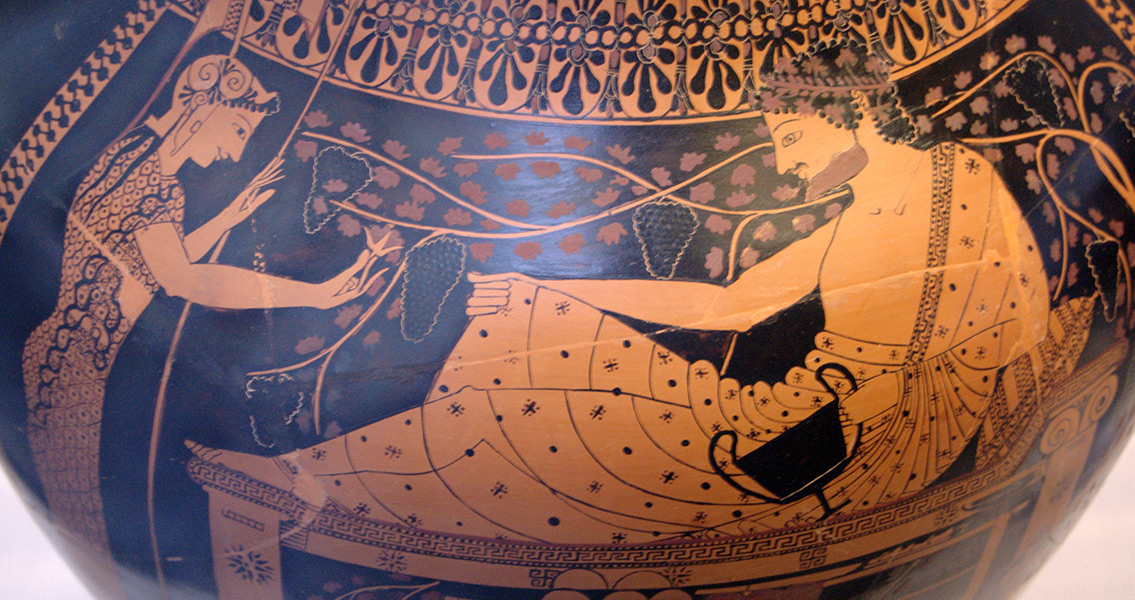<![CDATA[Archeologists working in the Italian city of Poseidonia, founded in the sixth century BCE, have unearthed the remains of a palatial structure and invaluable ceramics. The quantity of Attic red-figure style pottery (a technique invented somewhere around 530 BCE), along with other luxury items, indicates exactly how wealthy the city’s Greek founders became catering to the pilgrims who came to worship at its temples. Twenty-five hundred years ago, Poseidonia was among Magna Graecia’s (modern-day southern Italy) most important sanctuaries. The block-built building, which could have served as either a palace or a very wealthy home, appears to have been constructed within the same time period as the Doric-style temples for which Poseidonia, also known as Paestum, is best known. Dedicated to Athena, Hera and Poseidon (known by the Romans as Minerva, Juno, and Neptune respectively), the temples were the primary source of employment for the people who lived in the city. Until recently remains of the Roman town that sprang up on the site during the third century BCE were the only things visitors could observe. These new findings offer a window into the city at the same time the temples were constructed, somewhere around the sixth century BCE. In addition to the large domestic building, which was constructed using huge ashlar blocks, archeologists have uncovered the floors of buildings that date to the fifth and sixth centuries BCE, a number of pottery vessels used for cooking, eating and drinking, as well as amazing jars which were imported from Corinth. A fragment of an Attic red-figure vase painted with a likeness of Hermes, the winged messenger of the gods, is one of the most remarkable discoveries. Between the sixth and fourth centuries BCE, red-figure pottery techniques were used to decorate fine pottery in Athens, while undecorated and simpler wares were used for everyday purposes. The red-figure technique involved leaving the item’s decorative motifs the color of the clay while filling in the background using a clay slip which turned black. One of the finest archaeological sites of the ancient Greek world, Poseidonia is also home to a huge necropolis which contains a variety of intricately painted tombs, the best known of which is the Tomb of the Diver, the finest example of fifth century BCE wall painting. Discovered in 1968, approximately 1.6 kilometers south of the city, the tomb dates to circa 480 BCE and contains five painted slabs. The covering slab, considered the best, portrays a diver. Many experts consider a dive into the sea to be a symbol of death, when the soul dives into the sea of eternity. Poseidonia was established by Greek colonists from the Gulf of Taranto. Sometime before 400 BCE, however, the city fell under the rule of an indigenous Italic people known as the Lucanians, who changed the city’s name to Paestum. The city continued to prosper during the Roman Empire’s early years, but the Silarus River gradually silted up, creating a malarial swamp, and the city was eventually deserted in 871 CE. ]]>
New Findings at Poseidonia Suggest the Wealth of its Greek Founders
